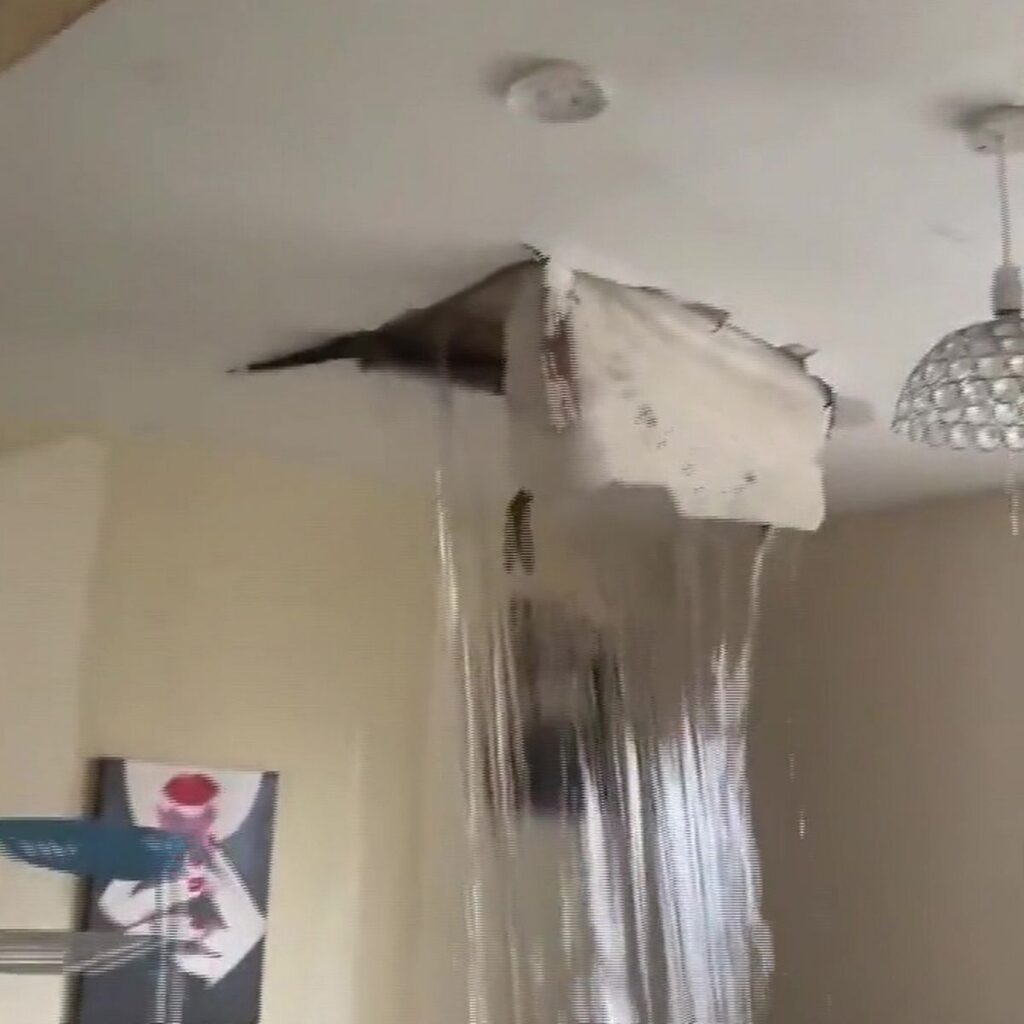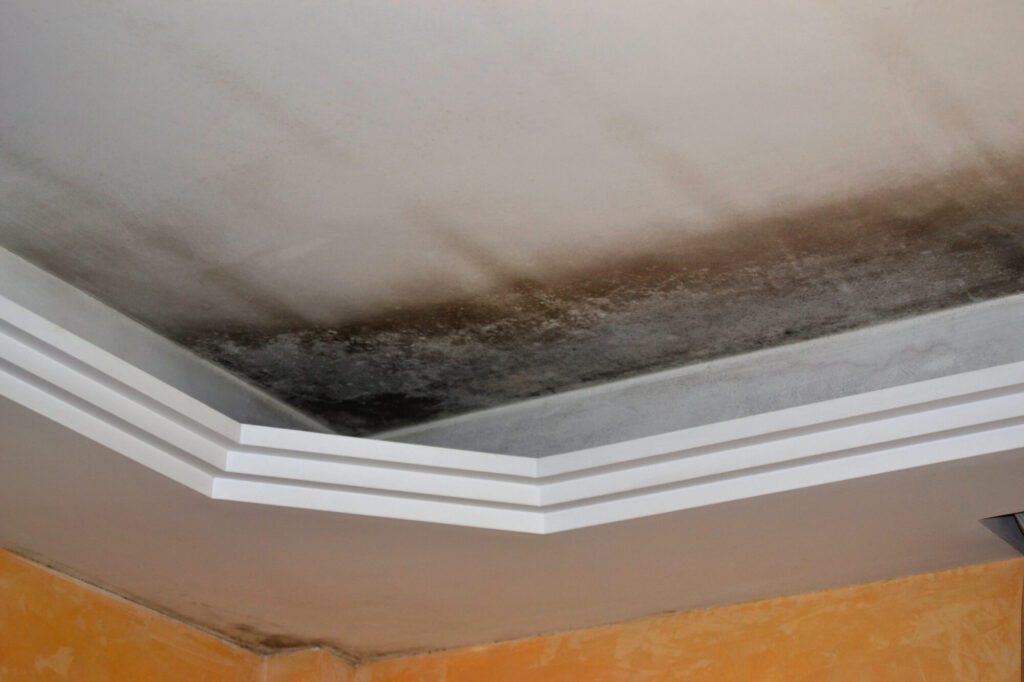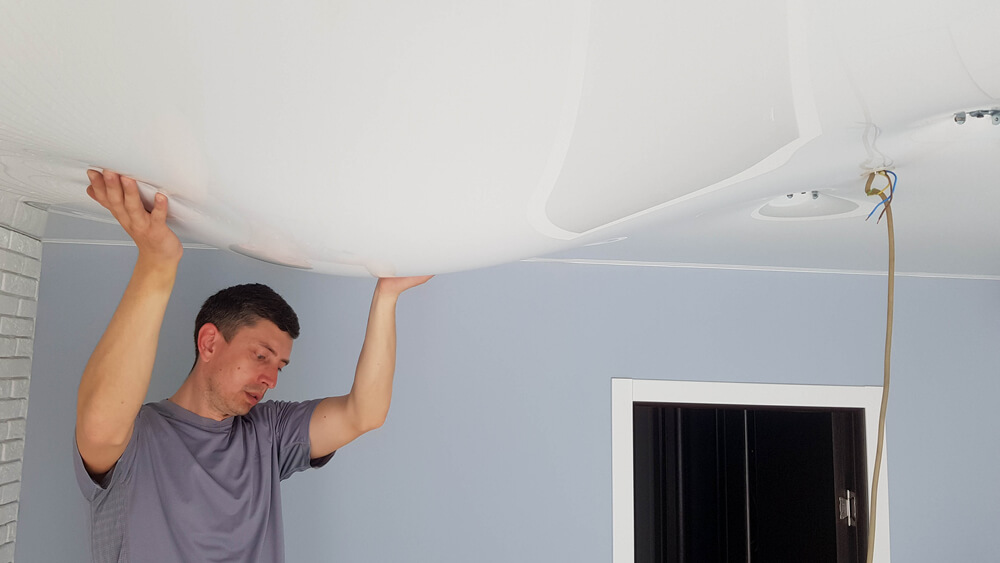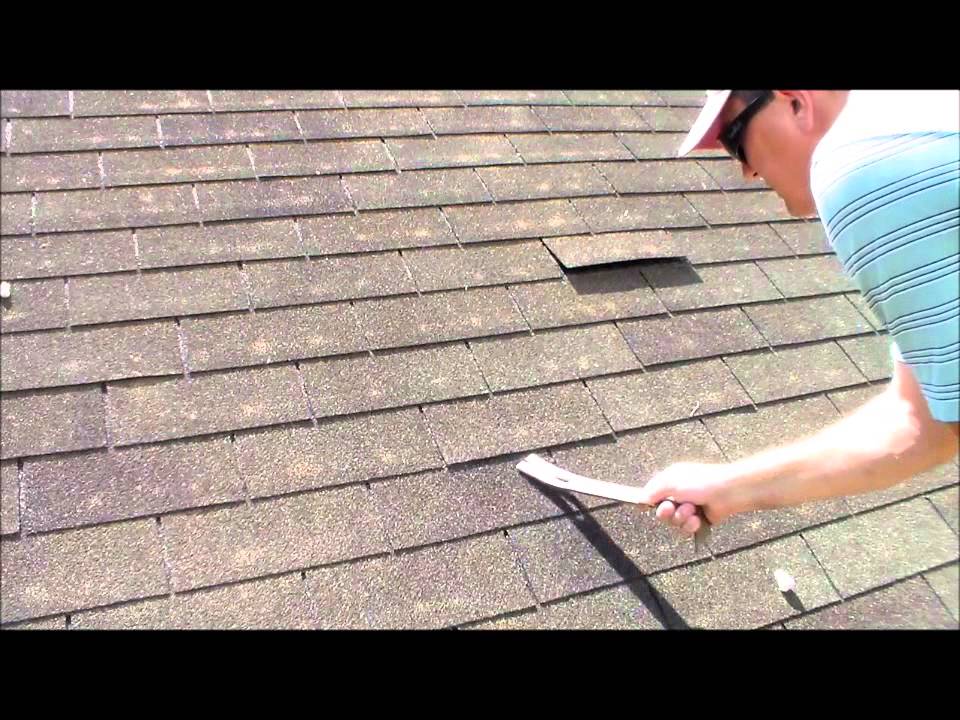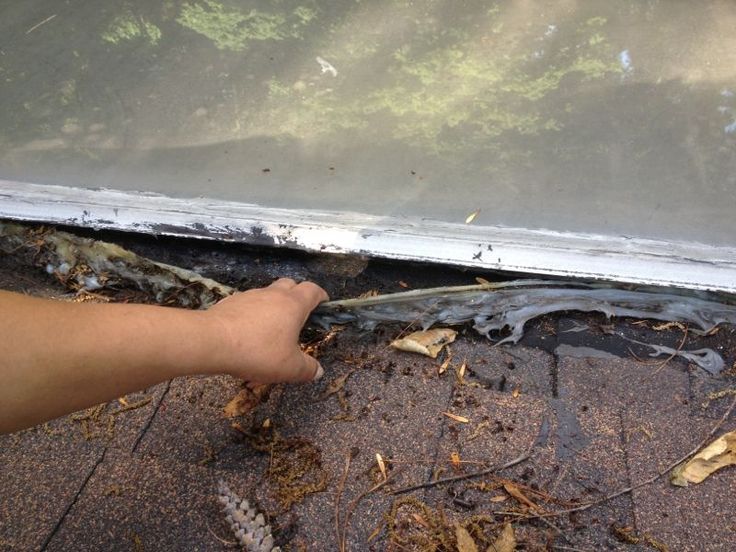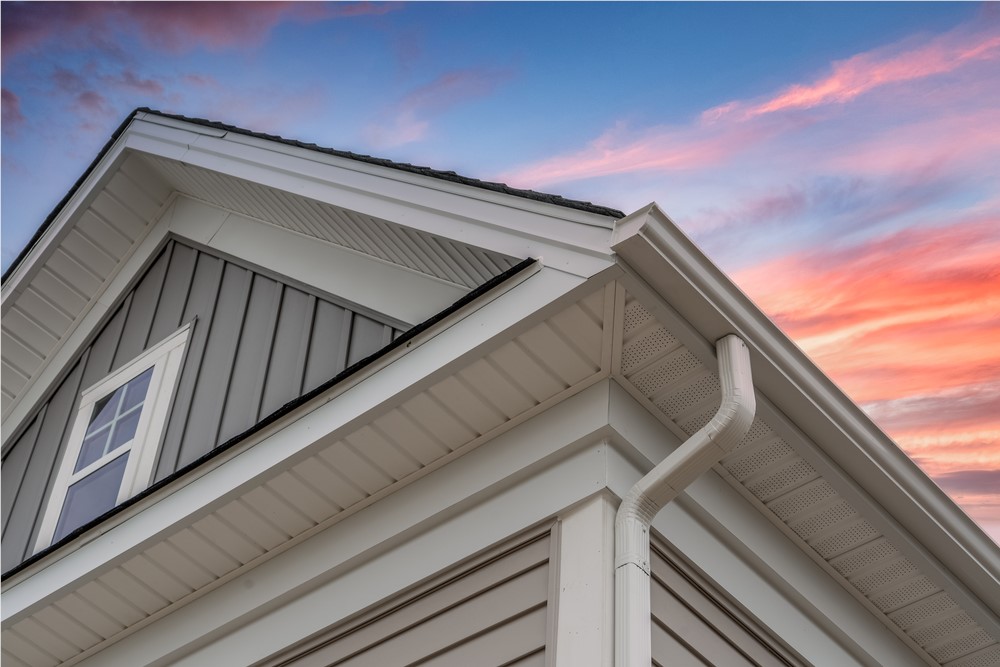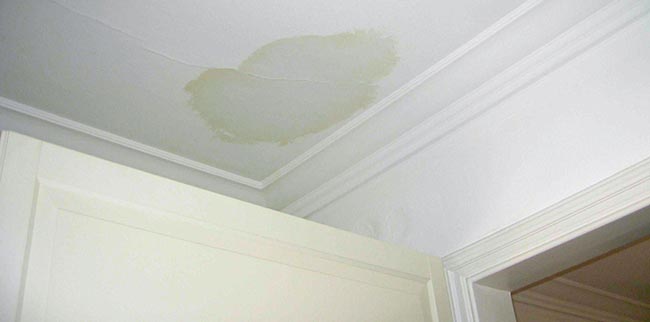Imagine this scenario: You wake up one morning to discover a small but persistent water leak in your ceiling. Immediately, a fear creeps into your mind – can a ceiling collapse from a water leak? In this article, we will explore the potential dangers of an unnoticed or neglected water leak and uncover whether a ceiling can actually collapse from such a seemingly innocent problem. Prepare to be enlightened and assured as we shed light on this common concern homeowners face.


Impact of Water Leak on Ceiling
When it comes to the structural integrity of your home, a water leak can have a significant impact on your ceiling. Not only can it cause visible damage, but it can also lead to potential collapse if not addressed promptly. Understanding the severity of the water leak and its effects on the ceiling is crucial for ensuring the safety of your home and everyone in it.
Determining the Severity of the Water Leak
The first step in assessing the impact of a water leak on your ceiling is determining the severity of the leak itself. Is it a minor drip coming from a nearby pipe, or a major burst causing extensive water damage? The severity of the leak will give you an idea of the potential damage that may have been done to your ceiling. It is important to note that even minor leaks can lead to significant problems over time if left untreated.
Identifying Structural Weaknesses
A water leak can expose or exacerbate existing structural weaknesses in your ceiling. These weaknesses can include compromised support beams, weakened drywall, or damaged insulation. When water seeps into these areas, it can deteriorate the structural integrity of the ceiling, making a collapse more likely. Identifying and addressing these weaknesses will be crucial in preventing any further damage.
Accumulation of Moisture
One of the main consequences of a water leak is the accumulation of moisture within your ceiling. This moisture can lead to the growth of mold and mildew, causing further damage to the ceiling materials and posing a health risk to you and your family. The longer the moisture is allowed to linger, the greater the chances of deterioration and potential collapse. It’s essential to address any water leaks as soon as they are detected to prevent the accumulation of moisture.
Deterioration of Ceiling Materials
Water leaks can cause significant damage to the materials that make up your ceiling. Drywall, for example, is highly susceptible to water damage and can quickly deteriorate when exposed to moisture. Over time, the structural integrity of the ceiling may be compromised, leading to sagging, cracking, or even collapse. Other ceiling materials, such as wood or plaster, can also suffer from water damage and deterioration if not properly addressed.
Signs of Potential Ceiling Collapse
To determine the potential risk of a ceiling collapse due to a water leak, it’s important to be aware of the signs that indicate structural instability. By recognizing these signs early on, you can take the necessary steps to prevent a catastrophic event from occurring.
Visible Sagging of the Ceiling
One of the most obvious signs of a potential ceiling collapse is visible sagging. If you notice your ceiling starting to dip or sag in certain areas, it’s a clear indication that there is a problem with the structural integrity. This sagging can occur due to water weakening the materials, compromising the support beams, or even causing the ceiling to detach from its anchors.
Cracks or Holes in the Ceiling
Another sign to watch out for is the presence of cracks or holes in your ceiling. These can appear as a result of water damage, as the moisture weakens the materials, causing them to expand or contract. Cracks can start small but gradually worsen over time, leading to a significant compromise in the ceiling’s stability.
Bulging or Swollen Areas
If you notice any areas of your ceiling that appear swollen or bulging, it’s a definite cause for concern. This swelling is often a result of the accumulation of moisture within the ceiling, causing the materials to expand. The added pressure from the moisture can put stress on the ceiling, increasing the risk of collapse.
Water Stains or Discoloration
Water stains or discoloration on your ceiling should never be ignored. These stains are a clear sign that water has infiltrated the ceiling materials and has been absorbed over time. While they may seem like a minor inconvenience, if left untreated, these stains can lead to further deterioration and weaken the structural integrity of your ceiling.
Musty Odor
A musty odor in your home, particularly in the areas near the water leak or the affected ceiling, is often a sign of mold and mildew growth. Mold spores thrive in moist environments, and when left unchecked, can spread rapidly and compromise the structure of your ceiling. The presence of a musty odor should prompt immediate action to address the water leak and prevent further damage.
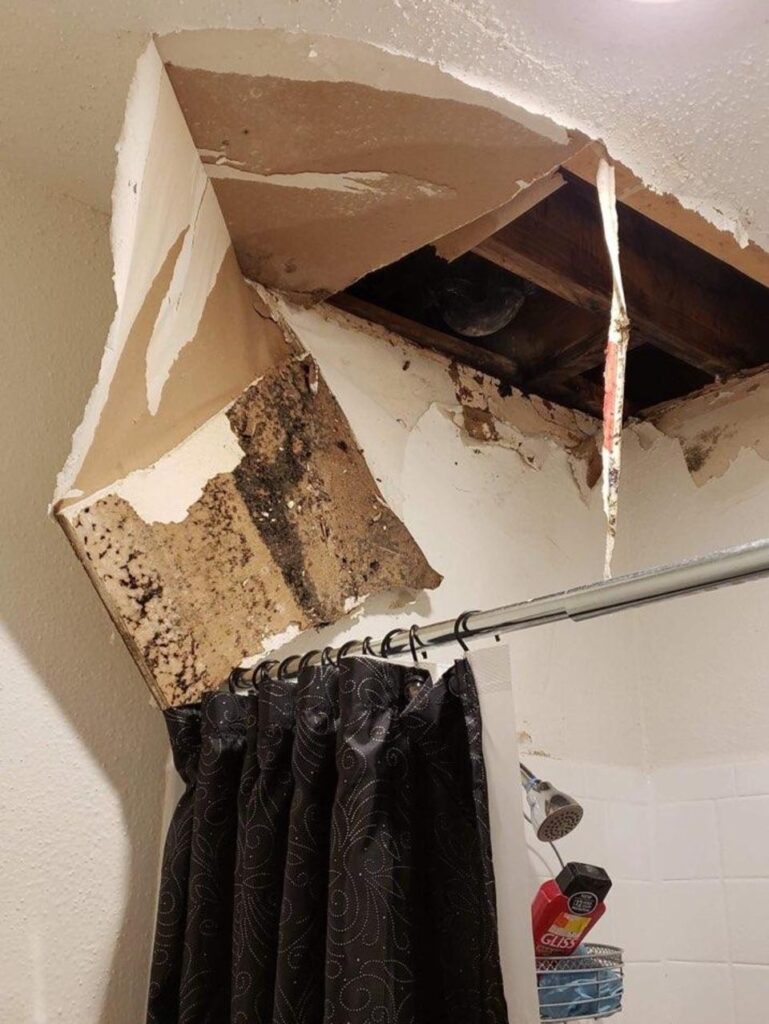

Factors Affecting Ceiling Stability
The stability of a ceiling is influenced by several factors, all of which can be further impacted by a water leak. Understanding these factors is key to determining the potential risk of a ceiling collapse and taking appropriate measures to mitigate any damage.
Ceiling Material and Construction
The material and construction of your ceiling play a crucial role in its stability. Different types of ceilings, such as plaster, drywall, or wood, have varying levels of resistance to water damage. Additionally, the quality of the construction and installation can affect how well the ceiling withstands the effects of a water leak. It’s essential to consider these factors when assessing the potential impact of a water leak on your ceiling.
Extent of Water Damage
The extent of the water damage is another crucial factor in determining ceiling stability. A small, contained leak may have minimal impact on the structural integrity of the ceiling, while a large, prolonged leak can cause significant damage. The longer the water has been infiltrating the ceiling, the greater the risk of deterioration and potential collapse.
Length of Exposure
The length of time the ceiling has been exposed to water plays a significant role in its stability. The more prolonged the exposure, the greater the likelihood of damage. Even if the initial water leak has been repaired, if the materials have been saturated for an extended period, they may have already experienced structural weakening. Time is of the essence when addressing a water leak to prevent further damage.
Supporting Structures
The supporting structures that hold up your ceiling, such as beams and joists, are critical in maintaining its stability. If these supporting structures have been compromised by water damage, the risk of collapse increases significantly. It’s essential to assess the condition of the supporting structures and address any damage promptly to ensure the stability of the ceiling.
Climate Conditions
The climate conditions in your area can also affect the stability of your ceiling. High humidity levels or frequent exposure to moisture can weaken the ceiling materials and make them more susceptible to damage. Understanding the local climate conditions and taking appropriate measures to protect your ceiling can help prevent potential collapse.
Preventing Ceiling Collapse from Water Leak
While a ceiling collapse may seem like a worst-case scenario, there are several preventive measures you can take to minimize the risk. By implementing these strategies, you can ensure the stability of your ceiling and protect your home and loved ones from potential harm.
Proper Maintenance and Repairs
Regular maintenance and timely repairs are crucial in preventing a ceiling collapse from a water leak. This includes addressing any leaks immediately, repairing damaged pipes or roofing, and replacing any compromised ceiling materials. By staying proactive and vigilant in your home maintenance, you can catch and address issues before they escalate into more significant problems.
Regular Inspections
Regular inspections of your ceiling and the surrounding areas can help you identify potential weaknesses and address them promptly. Look for signs of water damage, such as stains, sagging, or cracks, as well as any areas of moisture or discoloration. By catching these issues early on, you can take action to prevent further damage and ensure the stability of your ceiling.
Addressing Water Leaks Promptly
When it comes to water leaks, time is of the essence. Even a small, seemingly insignificant drip can lead to significant damage over time if left untreated. As soon as you notice any signs of a water leak, such as a damp spot, a musty odor, or a sudden increase in your water bill, take immediate action to locate and repair the source of the leak. By addressing water leaks promptly, you can prevent further damage to your ceiling and minimize the risk of collapse.
Improving Drainage Systems
Poor drainage can contribute to water leaks and increase the risk of ceiling collapse. Make sure your gutters are clear of debris and functioning properly to prevent water from pooling near your home’s foundation. Additionally, consider installing a sump pump or French drain system to redirect excess water away from your home. By improving the drainage systems around your property, you can reduce the chances of a water leak and subsequent damage to your ceiling.
Ensuring Proper Ventilation
Proper ventilation is essential in preventing moisture buildup and mold growth, which can weaken your ceiling and compromise its stability. Ensure that your home has adequate ventilation in areas prone to moisture, such as bathrooms, kitchens, and basements. This can be achieved through the use of exhaust fans, dehumidifiers, or opening windows to promote air circulation. By maintaining proper ventilation, you can reduce the risk of water leaks and maintain a stable ceiling.
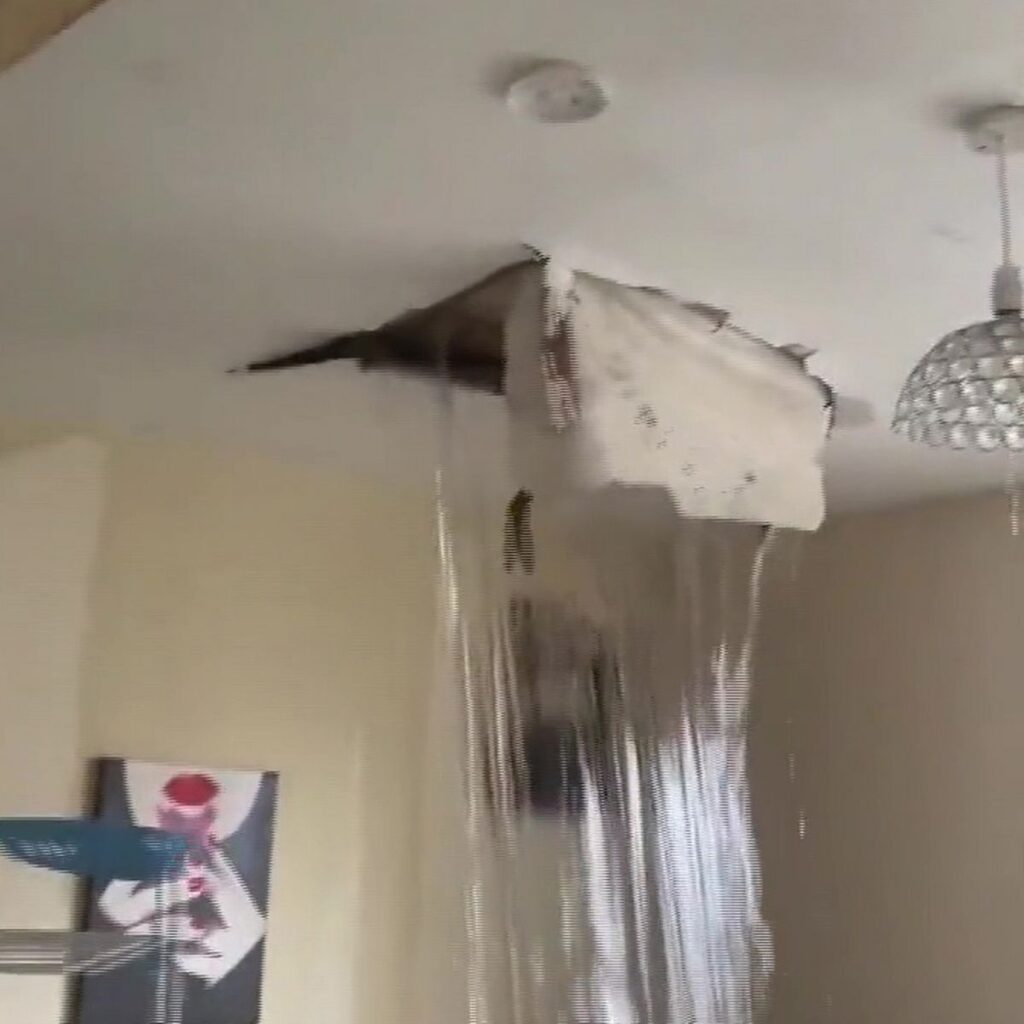

Steps to Take if Ceiling Collapse is Imminent
In the unfortunate event that you suspect a ceiling collapse is imminent, it’s crucial to take immediate action to ensure the safety of yourself and others in your home. Follow these steps to minimize the risk and potential damage.
Evacuating the Area
The safety of yourself and your loved ones should always be the top priority. If you suspect a ceiling collapse is imminent, evacuate the area immediately. Move to a safe location away from the affected area and ensure everyone is out of harm’s way.
Contacting Emergency Services
Once you and your loved ones are safely out of the affected area, contact emergency services. Inform them of the potential ceiling collapse and provide them with essential details about your location. Emergency services will have the necessary expertise and equipment to handle the situation and ensure the safety of everyone involved.
Disconnecting Utilities
To further minimize the risk of additional damage or potential hazards, consider disconnecting utilities in the affected area. This includes turning off the electricity, gas, and water supply. By cutting off these utilities, you can reduce the chances of electrical shocks, gas leaks, or further water damage.
Documenting the Damage
While your safety is paramount, it’s also essential to document the damage for insurance purposes. Take photographs or videos of the affected area, as well as any visible signs of damage or potential collapse. This documentation will be crucial when filing a claim with your insurance company.
Contacting Insurance Company
As soon as it is safe to do so, contact your insurance company to report the potential ceiling collapse and initiate the claims process. Provide them with all the necessary documentation, including photographs, videos, and a detailed description of the incident. An adjuster will assess the damage and guide you through the process of filing a claim and obtaining compensation for repairs.
Effects of Ceiling Collapse
The consequences of a ceiling collapse can be severe and far-reaching. It’s important to understand the potential effects to fully grasp the importance of addressing water leaks and ensuring the stability of your ceiling.
Risk of Injury or Fatality
The most immediate and significant risk of a ceiling collapse is the potential for injury or even fatality. A collapsing ceiling can cause severe harm to anyone in its path, leading to broken bones, head injuries, or worse. By taking proactive measures to address water leaks and maintain a stable ceiling, you can reduce this risk and protect yourself and your loved ones.
Property Damage
A ceiling collapse can cause extensive damage to your property. From ruined furniture and appliances to destroyed personal belongings, the aftermath of a collapse can be devastating. Repairing and replacing damaged property can be costly and time-consuming, further emphasizing the need for preventive measures.
Financial Costs
The financial costs associated with a ceiling collapse can be significant. Not only will you need to cover the costs of repairs and replacements, but you may also incur additional expenses related to temporary relocation or alternative accommodation. The longer it takes to address the water leak and repair the ceiling, the higher the financial impact could be.
Emotional Trauma
Experiencing a ceiling collapse can be a traumatic event. The suddenness of the collapse, the sound, and the potential harm it can cause can leave lasting emotional scars. The fear and anxiety associated with such an event can impact your overall well-being and your ability to feel safe and secure in your own home.
Displacement
If a ceiling collapse renders your home uninhabitable, you may be forced to find alternative accommodation during the repair process. This displacement can disrupt your daily life and routines and add additional stress and inconvenience to an already challenging situation.
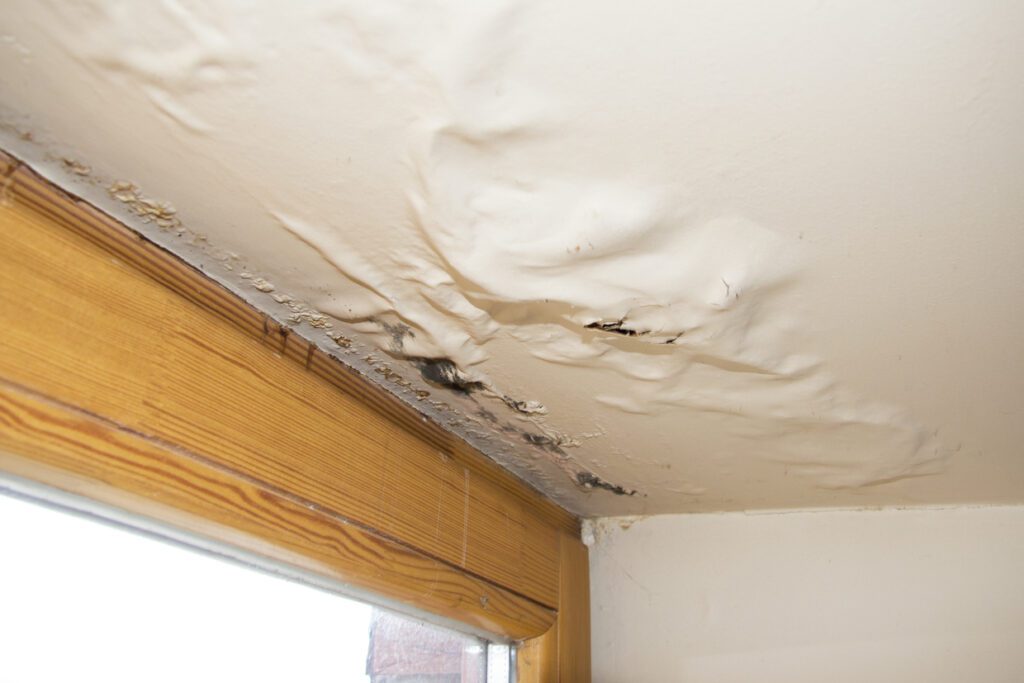

Insurance Coverage for Ceiling Collapse
Having comprehensive homeowners insurance is vital in protecting yourself financially in the event of a ceiling collapse. Understanding your insurance coverage and knowing how to navigate the claims process is crucial to ensure you receive the necessary compensation for repairs and damages.
Understanding Homeowners Insurance
Homeowners insurance typically provides coverage for damages caused by sudden and accidental events, including ceiling collapses due to water leaks. However, it’s important to review your specific policy to understand the extent of the coverage and any exclusions that may apply. Different insurers and policy types may have varying levels of coverage, so it’s essential to be well-informed.
Determining Policy Coverage
Review your homeowners insurance policy to determine the coverage available for a ceiling collapse caused by a water leak. Look for specific language addressing water damage, structural collapse, and related expenses. Pay attention to any deductibles or limits that may apply to ensure you have a clear understanding of your coverage.
Filing a Claim
In the event of a ceiling collapse, you will need to file a claim with your insurance company to initiate the claims process. Contact your insurance provider as soon as possible to report the incident and provide them with all the necessary information and documentation. Be prepared to answer any questions they may have and provide additional evidence to support your claim.
Working with Insurance Adjuster
Once your claim has been filed, an insurance adjuster will be assigned to assess the damage and determine the appropriate compensation. Cooperate with the adjuster, providing them with access to the affected area and any additional information they may require. Be prepared to negotiate and provide evidence to support your claim if necessary.
Seeking Legal Assistance
In some cases, navigating the insurance claims process can be challenging, especially if you face difficulties in obtaining the proper compensation for repairs and damages. If you encounter any hurdles or feel overwhelmed, consider seeking legal assistance. An attorney experienced in insurance claims can provide guidance and support, ensuring you receive the coverage you are entitled to.
Common Causes of Water Leaks
Understanding the common causes of water leaks can help you identify potential risks in your home and take proactive measures to prevent them.
Burst or Leaking Pipes
One of the primary causes of water leaks in the ceiling is burst or leaking pipes. Aging or corroded pipes can weaken over time, leading to cracks or ruptures that allow water to escape. Regular inspection and maintenance of your plumbing system can help identify any potential issues before they escalate into a major water leak.
Roof Leaks
Roof leaks can be another culprit behind a water leak in your ceiling. Damaged, missing, or deteriorated roofing materials can allow water to seep into your home, leading to water damage and potential ceiling collapse. Regular roof inspections and timely repairs or replacements can help prevent roof leaks and protect your ceiling.
Plumbing Issues
Beyond burst or leaking pipes, various plumbing issues can contribute to water leaks in your home. Faulty installations, loose connections, or damaged fixtures can all result in water leaks that can affect the integrity of your ceiling. Regular plumbing maintenance and prompt repairs are essential in preventing these issues and protecting your home.
Broken or Damaged Gutters
Gutters play a crucial role in directing water away from your home. When they become clogged, damaged, or broken, water can overflow and seep into your home, including the ceiling. Regular gutter maintenance and cleaning can help prevent blockages and ensure water is effectively directed away from your property.
Condensation and Humidity
Condensation and high humidity levels can also contribute to water leaks in your ceiling. Excess moisture in the air can cause condensation to form on your ceiling, leading to water damage and potential collapse. Proper ventilation, dehumidification, and insulation can help regulate humidity levels and prevent condensation-related water leaks.
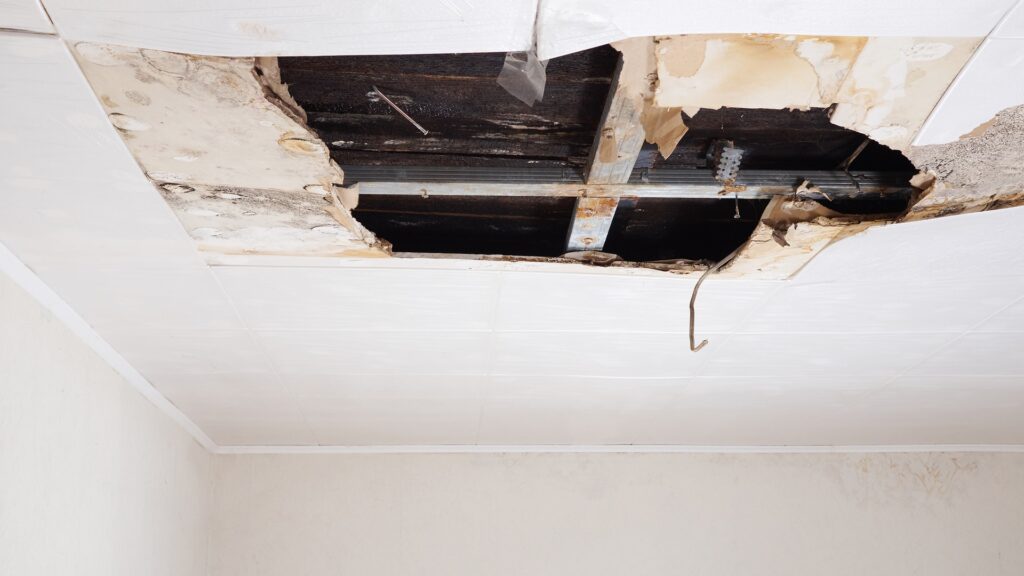

Dangers of Delaying Repairs
Delaying repairs for a water leak in your ceiling can have severe consequences, both for your home and your health. It’s crucial to address any water leaks promptly to minimize the risks associated with delay.
Increased Risk of Collapse
The longer a water leak persists, the greater the risk of the ceiling collapsing. Water weakens the structural integrity of the materials, leading to sagging, cracking, and potential collapse. By delaying repairs, you are essentially increasing the chances of a catastrophic event occurring.
Mold and Mildew Growth
Water leaks provide the perfect breeding ground for mold and mildew. These fungi thrive in moist environments and can spread rapidly throughout your ceiling, compromising its stability and posing health risks to you and your family. By addressing water leaks promptly, you can prevent the growth and spread of mold and mildew.
Structural Damage
Water leaks can cause significant damage to the structural components of your ceiling. The longer the leak persists, the more extensive the damage can become. Weakened support beams, deteriorated materials, and compromised insulation can all result from a prolonged water leak. These structural damages can be costly to repair and can have long-term consequences for the stability of your home.
Electrical Hazards
When water comes into contact with electrical components, it poses a significant electrical hazard. A water leak in the ceiling can potentially expose electrical wiring, leading to the risk of electrical shocks or even fires. It’s vital to address water leaks promptly to minimize the danger posed by potential electrical hazards.
Health Issues
The presence of mold and mildew resulting from a water leak can have adverse effects on your health. Mold spores can trigger allergies, exacerbate respiratory conditions, and cause other health issues. By eliminating water leaks and minimizing the growth of mold and mildew, you can create a healthier environment for you and your family.
Conclusion
The impact of a water leak on your ceiling should never be underestimated. From compromising the structural integrity of your home to potentially causing injury or fatality, the consequences of a ceiling collapse can be severe. Understanding the signs of potential collapse, addressing water leaks promptly, and taking preventive measures are crucial in ensuring the stability and safety of your ceiling. With proper maintenance, regular inspections, and adequate insurance coverage, you can protect your home and loved ones from the devastating effects of a ceiling collapse.

